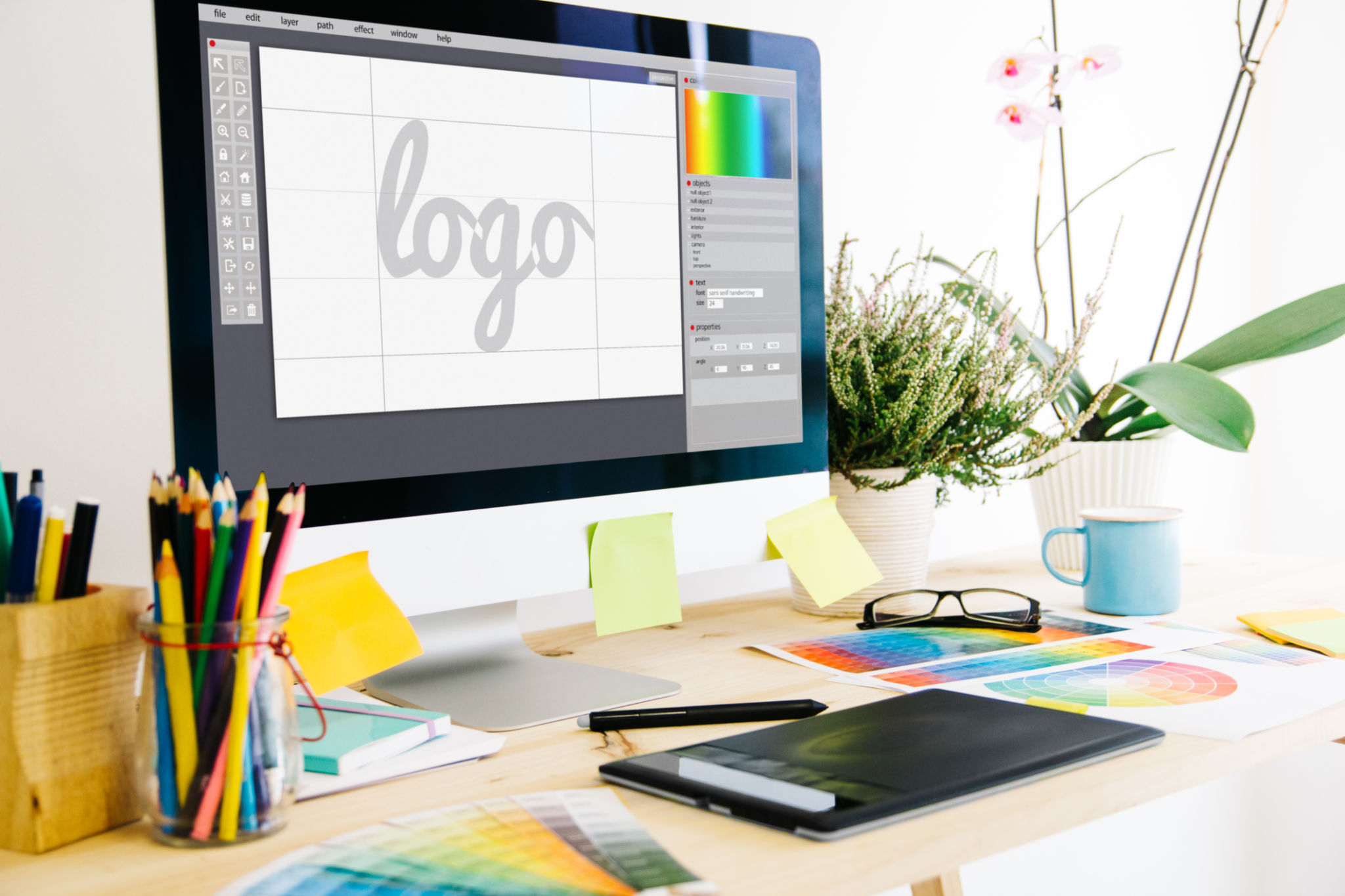Graphic Design Tips for Small Businesses in Union County
Understanding Your Brand Identity
For small businesses in Union County, establishing a strong brand identity is crucial. Your brand represents who you are, what you stand for, and how you want to be perceived by your audience. Before diving into graphic design, take the time to define your brand values, mission, and target audience. This foundation will guide your design choices and ensure consistency across all marketing materials.

The Importance of Consistent Visual Elements
Consistency is key when it comes to graphic design. Small businesses should aim to create a cohesive visual identity by using consistent colors, fonts, and imagery. This helps in building brand recognition and trust among your customers. Consider creating a style guide that outlines your brand’s visual standards, making it easier to maintain consistency across various platforms.
Choosing the Right Color Palette
Colors play a significant role in how your brand is perceived. When selecting a color palette for your small business, think about the emotions and associations each color evokes. For instance, blue often represents trust and professionalism, while green can signify growth and sustainability. Choose colors that align with your brand values and resonate with your target audience.

Typography Matters
The fonts you choose can greatly impact the readability and overall aesthetic of your designs. Opt for fonts that reflect your brand's personality—whether it's modern, playful, or traditional. Avoid using too many different fonts as this can make your designs look cluttered. Instead, stick to two or three complementary fonts to maintain a clean and professional look.
Utilizing White Space Effectively
White space, or negative space, is the empty space around your design elements. It is essential for creating a balanced and uncluttered look. Effective use of white space can help draw attention to key elements of your design and improve readability. Don't be afraid to let your designs breathe by incorporating ample white space.

Creating Impactful Logos
Your logo is often the first thing potential customers will notice about your business. It should be simple yet memorable, effectively conveying your brand's essence. When designing a logo, think about scalability—it should look good both on a small business card and a large billboard. Investing in a professional logo design can be a worthwhile decision for small businesses aiming for a strong market presence.
Leveraging Online Design Tools
For small businesses with limited budgets, online graphic design tools can be incredibly useful. Platforms like Canva and Adobe Spark offer user-friendly interfaces with pre-designed templates that can help you create professional-looking graphics without the need for extensive design skills. Take advantage of these resources to enhance your visual marketing efforts without breaking the bank.

Seeking Feedback and Iterating
Finally, don't hesitate to seek feedback on your designs from colleagues, customers, or even professional designers. Constructive criticism can provide valuable insights and help you refine your branding materials. Design is an iterative process, so be open to making adjustments as needed to better align with your brand identity and audience preferences.